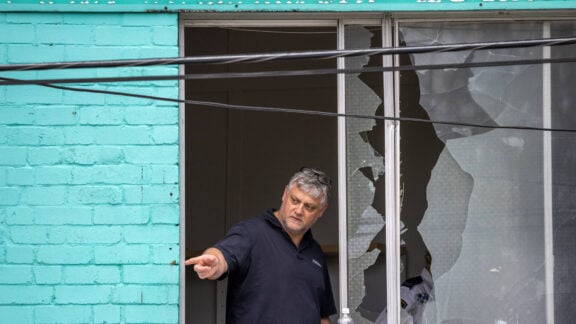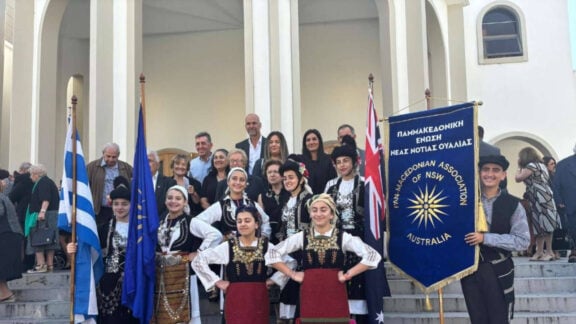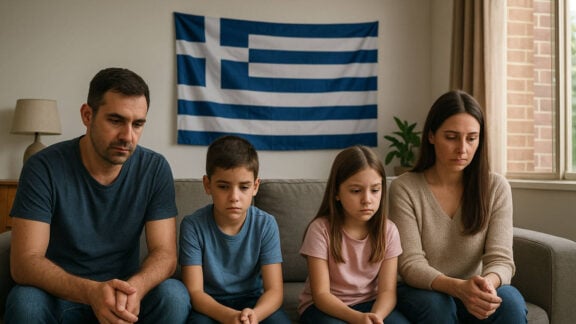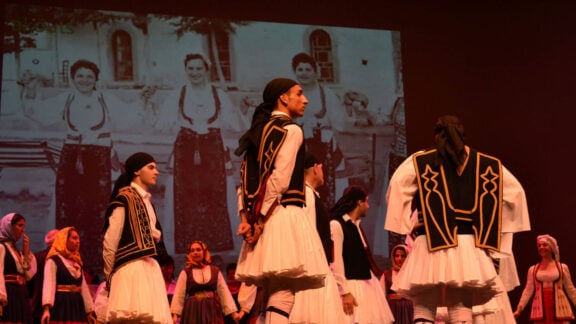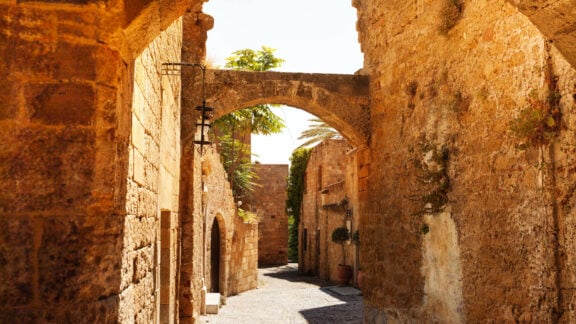Prime Minister Kyriakos Mitsotakis has released a statement on social media that makes it clear that Greece supports Ukraine’s application for immediate European Union (EU) membership.
Mr Mitsotakis responded to Ukraine’s appeal and said: “full solidarity with President Zelenskyy and the people of Ukraine. We welcome Ukraine’s EU choice; they are one of us.”
President Zelenskyy said on Monday; “our goal is to be together with all Europeans” and has invoked immediate Ukrainian accession through the union’s emergency framework.
President Zelenskyy’s plea for Ukraine’s urgent ascension to the EU was coupled with a call for Russia to be cut off from the international electronic bank payment system (SWIFT).
“Residential buildings destroyed by missiles and artillery are the final argument for the world to stop this occupational invasion together with us,” he said in a defiant video address on Saturday.
“I say it as frankly as it can be, the Ukrainian people deserve and have the right to get membership of the European Union. This will be the main evidence of support for our country.”
Ukraine shares borders with four EU member states–Hungary, Poland, Slovakia, and Romania– which take up approximately 2,235 kilometres of the frontier. There are 33 border crossings by road, rail, ferry, and walking paths.
Formal relations between the EU and Ukraine were established through “Ukraine and the European Union Association Agreement” together with the “Deep and Comprehensive Free Trade Area Agreement” (DCFTA). Ukraine is a priority partner in the “Eastern Partnership and the European Neighbourhood Policy”.
To understand the cause of this conflict, it is necessary to consider recent historical developments in the region. Ukraine actively sought a closer relationship with the EU in 2010- 2012, which went beyond economic cooperation. Ukraine took steps towards achieving gradual economic integration, and it was deepening its political cooperation with the EU. That provoked Putin’s annexation of the Crimean territory in 2014. Several experts say that Ukraine’s more recent steps to join NATO have provoked outright war between Ukraine and Putin’s Russia, however, it is not the sole cause.
A consistent complaint advanced by Putin is Ukraine’s treatment of Ukrainian Russian’s domicile in east Ukraine. It should be noted that 17.3 % (approx. 7.4 million people) in Ukraine are of Russian heritage. They were excluded and notably absent from the negotiation table when Ukraine was working through the arrangements with the EU and NATO. Their exclusion cannot remotely be characterised as an act demonstrative of a fair all-inclusive democratic process.
The association agreements between Ukraine and the EU were first initiated in 2012, but the then Ukrainian government suspended its acceptance on 21 November 2013, during the presidency of pro-Russian Viktor Yanukovych. The decision to put off the signing of the association agreement led to the pro-EU Euromaidan movement. This led to the removal of Yanukovych and his government by parliament after the 2013–2014 Ukrainian revolution in February 2014. Political aspects of the Association Agreement were agreed on 21 March 2014 by the then-new Prime Minister, Arsenii Yatseniuk.
In the meantime, the EU has attempted to stabilize Ukraine by freezing assets of allegedly corrupt Russians and Ukrainians and by granting financial aid to Ukraine. On 1 January 2016, Ukraine joined the DCFTA. Ukrainian citizens were granted visa-free travel to the Schengen Area for up to 90 days during any 180-day period on 11 June 2017 and the Association agreement formally came into effect on 1 September 2017.
On 21 February 2019, the Constitution of Ukraine was amended. The strategic core values of Ukraine which include membership in the EU and NATO are stated in the preamble of what is referred to as the Basic Law (Constitutional enactments in effect).
On 28 February 2022, President Zelensky officially made an EU membership application for and on behalf of Ukraine.

